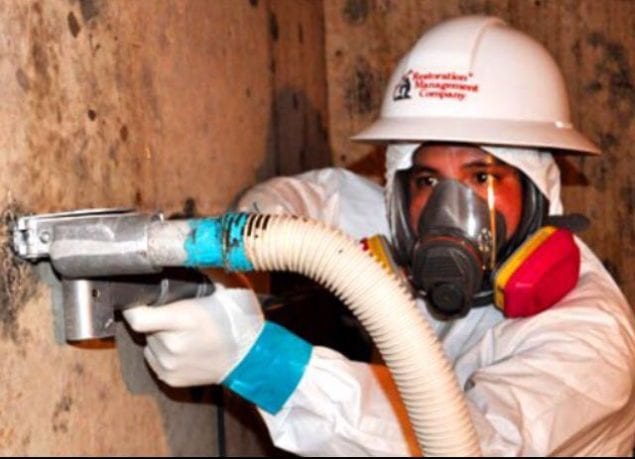
It’s well known that exposure to mold in your house or workplace can negatively impact your health. But if left unaddressed, it can also damage the value of your property.
Microscopic organisms belonging to the fungi family, mold reproduces though airborne spores and can propagate on almost any surface.
Common types of mold include aspergillus, cladosporium, alternaria, penicillium and stachybotrys (also known as “toxic black mold” and “the silent killer”). Such types are associated with an array of health risks including respiratory difficulties, fatigue, immune suppression, chronic nasal congestion, sinusitis, eye irritation, rashes, eczema, fever and, in rare instances, even death.
California law requires home sellers to disclose all facts and conditions about their property that might affect its value or demand in the marketplace . This includes any current or pending legal claims against the property, environmental hazards and any infestation or damage.
If properly diagnosed and removed, past mold growth in your home may only result in a checkmark on your property disclosure statement. But if it remains untreated and is discovered during a sales transaction by a property inspector or appraiser, your house’s value will plummet and could remain unsold on the market until the problem is addressed.
Mold presence is an indication of previous or existing water damage to your home due to condensation from poor ductwork, inadequate air flow soffits, structural damage, cracks in the foundation or improper insulation. Approximately $2.5 billion is lost per year in the U.S. because of water damage, with the average cost of a home water damage insurance claim being close to $7,000, according to insurance industry estimates.
Affordable, effective solutions are available. If you suspect your home may be harming you due to mold and other airborne contaminants, it is recommended you contact a company with state-licensed mold remediation technicians.

Recent Comments